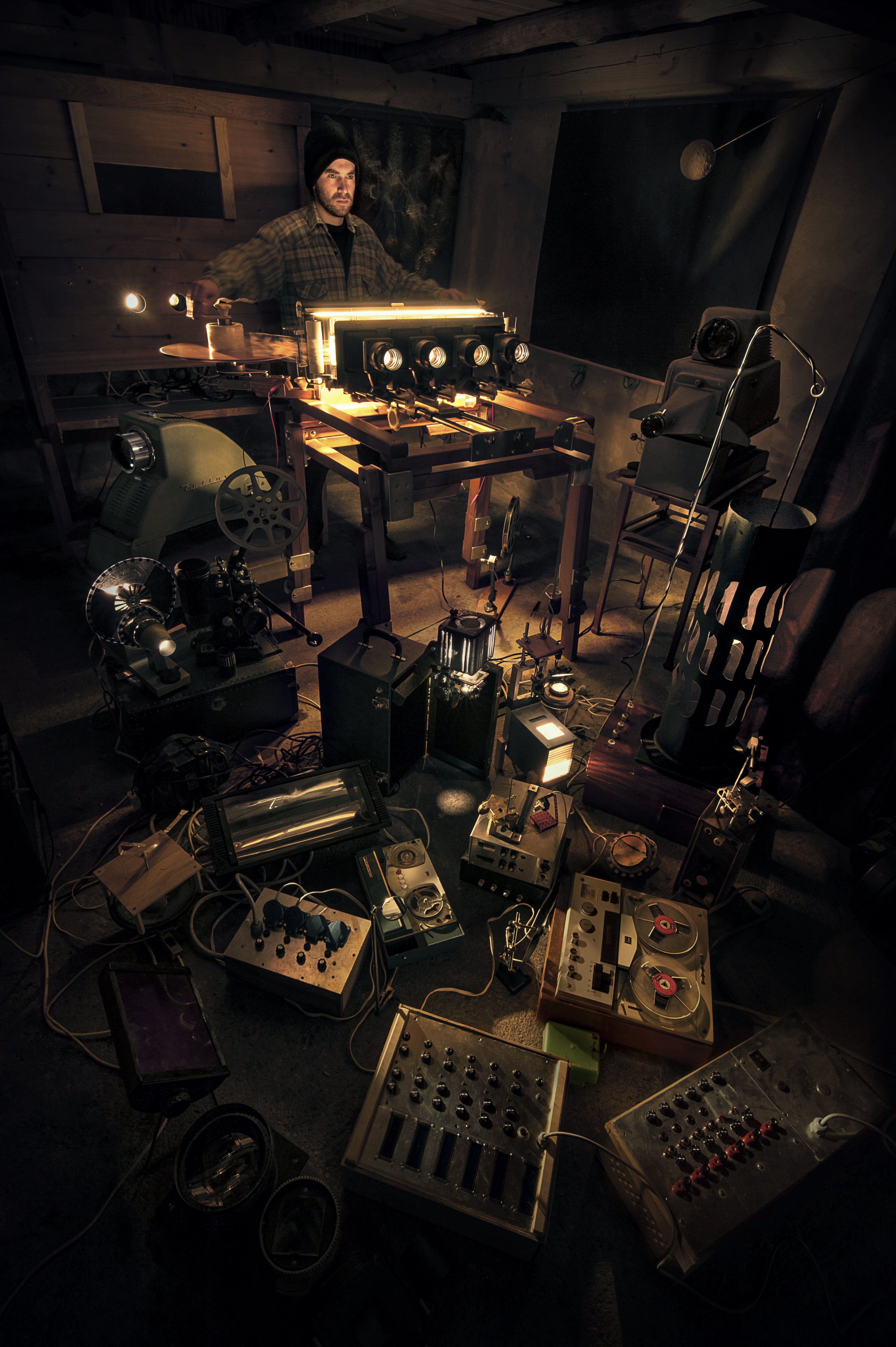Title of program: Artists' Research in Optics
Name of the programmer: Lichun Tseng
3 artists, Jan Kulka, Nan wang, and Mariska de Groot will share their research, ideas, and the process of working with optics as a concept, device, or philosophy.
Jan Kulka
Jan Kulka (1985) is a Prague-based experimental filmmaker dedicated to analog film who explores the fundamental principles of the film medium, it's phenomenology and physiology of perception in contemporary context. His aim is to dig to the core, reaching to the primary essence, which we all share in common somewhere deep inside and bring it into a live, shared experience. He incorporates the creation of own instruments in the creative process. His primary focus is on inventing special projection apparatuses for live performances. Rather than telling a story, he tries to target the very senses of each spectator directly with light and sound to reveal some of the foundations of our perception, that makes our being.
Description of presentation:
I'd like to inspire with a bit unorthodox approach, as I believe the optics is not just about lenses, focal length, aperture, diffractions or mathematical formulas. Instead of mere technical or rational approach I'd like to bring in etymology, phenomenology, philosophy, but also a humor and playfulness. One can't avoid being silly anyway, so let's get a bit loose and enjoy the fact that for a filmmaker optics can be also pretty romantic or deeply mystical experience. The original greek Optikós is a concept incorporating anything related to seeing, which is obviously essential for a film medium as such. But what were the concepts of seeing in various cultures through human history? Optics is also about the endlessly fascinating mystery of the light itself. I'd like to invite all curious minds to join me in this playful, extremely plentiful and inspiring game as such approach has been an underlying foundation to my whole creative practice for years.
Nan Wang
Nan Wang is a multi-disciplinary visual artist and filmmaker, her practice focuses on material-based abstract works. She often finds beauty and philosophical meanings in unwanted objects or substances and creates works that revolve around the topic of identity, technology, and social interactions. She uses both digital and analog techniques and her works take the form of interactive projection installations, optical devices, live audiovisual performances, and experimental films.
https://nanwang.org/
Description of presentation:
DIY slit-scan 16mm camera
In early cinema, the slit-scan technique has been used a lot for special effects. John Whitney use it to create the opening title of Hitchcock's film Vertigo, later the technique was developed and adapted by Douglas Trumbull for 2001: A Space Odyssey “star gate” sequence. Soon afterward, the slit-scan technique has been used again for the science-fiction television series Doctor Who opening sequence.
In this presentation, I will present my research on slit-scan effects in analog film production, my own journey of building a DIY 16mm silt-scan camera, and reveal some testing images filmed with this DIY camera.
Mariska de Groot
Intrigued by the phenomena and history of optical sound, Mariska de Groot (1982, NL) makes, performs and composes for comprehensive analog light-to-sound instruments and installations which explore this principle in new ways. Her work often has a reference to media inventions from the past, with which she aims to excite a multi-sensorial and phenomenological experience in light, sound, movement and space.
https://www.mariskadegroot.com/
Description of presentation:
Since a decade Mariska de Groot works with optical sound. For the installations she makes her own projectors. During this talk she will elaborate on her way of working and her research.


